We simply fell in love with Bolivia … We planned to stay four weeks and spent almost seven there, which forced us to completely change the route for the rest of the trip!
What did we like so much in Bolivia?
- The immense diversity you find in a relatively small area (well, only twice as big as France): deserts, cold, wind-swept Altiplano, a hot and humid rainforest, Mediterranean-like cities, wine growing Tarija … The landscape is simply breathtaking!
- It is surely the country in South America with the strongest and most vivid indigenous traditions. Even in La Paz, especially women wear traditional dresses, all shopping is done at colorful markets and you hear almost only traditional and folkloric music … The east of the country, places like Sucre or Santa Cruz, are quite different in this regard, more modern and there are supermarkets!
- And last but not least, being able to afford a certain level of comfort, enjoying nice, clean and heated rooms, good meals in pleasant restaurants … was a great pleasure after 3 months traveling on budget.
Those impressions will always stay in our mind when thinking of Bolivia:
- It is such a cheap country! At the beginning we almost felt ashamed of what we would pay, no matter for a taxis ride, a meal, a juice on the street …
- The landscape is simply breathtaking! We will always remember of Lake Titicaca, the Madidi National Park, the view going down “Death Road”, the unbelievable scenery of the Southern Circuit …
- Tourist places like hotels, restaurant & bars, travel agencies … are mainly Bolivian owned and run, whereas most well run places we stayed at in South America were in foreign hands, German, Swiss, Dutch…
- Roads are simply the worst we have ever experienced so far. Except between a few major cities in the center of the country some tarred roads exist, otherwise you only find terribly bumpy dust roads, at times even dangerous. After almost seven weeks, we understand how it has been possible that “Death Road” claimed 200 to 300 victims a year without any rapid effort to improve the situation.
- Except in some bigger cities in the east, like Sucre or Santa Cruz, the indigenous culture is very strong and vivid. The way people dress is one of the most obvious example.
- Even if people are not unfriendly, contacts with the local population is almost impossible, even in bigger cities but especially on the countryside. And when directly addressing someone, often this person would not reply at all or just with a few words, never a complete sentence.
- Even though we have not really suffered from “Sorojche” or Altitude Sickness, we could really feel the altitude, and at times it was difficult to breathe. Of course, this was especially true above 4.000 meters where we definitely had to slow down and at times even stop and take a deep breath because we just ran out of air!
The highlights of these almost seven weeks in Bolivia were:
- Four days on the Southwest Circuit starting from Tupiza and ending with the highlight, the Salar de Uyuni.
- Biking down “Death Road” between La Paz and Coroico with Downhill Madness.
- Discovering the Rain Forest in Madidi National Park, only both of us and our guide Yadmani.
- Seeing so many animals during our boat trips in the Pampa.
- Discovering Lake Titicaca from the Bolivian side, which is far more impressive and far less touristy than its Peruvian counterpart.
- Enjoying the city of Sucre and especially the carnival-like demonstration supporting “Sucre Capital Plena”.
- Eating at very pleasant restaurants like La Cupula in Copacabana, the cheese and especially the chocolate fondue bring you down on your knees. At El Huerto in Sucre do not miss their “Surf & Turf” and the die for salad bar, one of the finest buffets of appetizers ever! All incredibly cheap!
- And last but not least … Discovering the working conditions of miners in Potosí, a trip to hell! This was definitely the toughest experience of our whole trip, one that we will never forget!
What we would do differently:
- Surely, flying more would have saved us a few unpleasant nights.
- Avoid some poor recommendation of the Lonely Planet, such as: Hostal las Tres Portadas in Potosí, Restaurant & Travel Agency Locot´s in Sucre, Bala Tours for the overpriced Pampa Tour to Rurrenabaque (their Jungle Tour is surely one of the better ones, and Yadmani, our guide for both, was great!).
Conclusion:
It is always difficult and most of the time not very relevant to compare travel destinations. The four countries in South America we have visited so far are worlds apart. But there is little doubt in our mind that up to now, we preferred Bolivia to the others. We are a bit worried that nothing will be able to top it. This country definitely deserves to be discovered, even though it is not major tourist destination and difficult to reach from Europe and the US. It can be sometimes challenging, because of transports and the high altitude, but it is definitely fabulously rewarding! And we have not seen it all: there are so many places we still want to discover! These seven weeks were not enough … We might very well be back here!

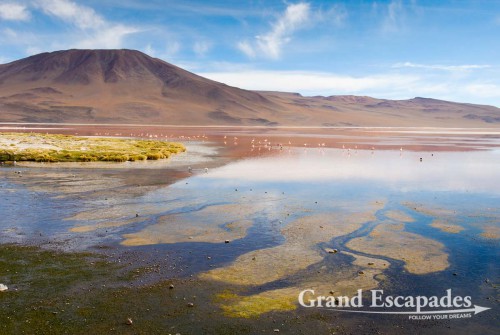
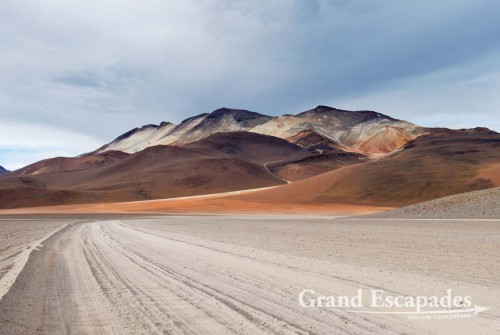
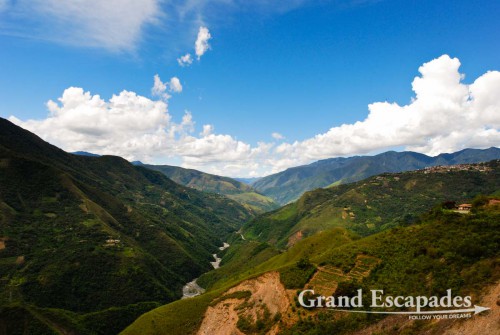
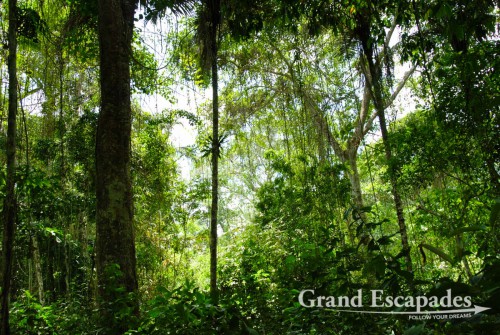
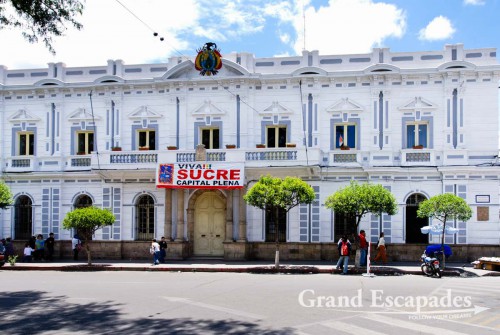
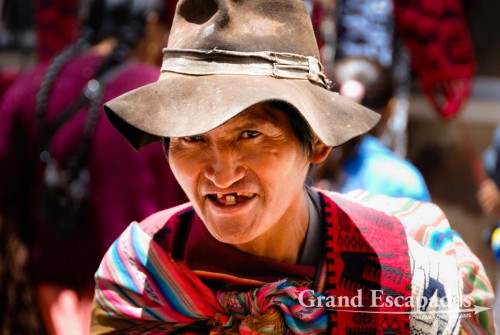
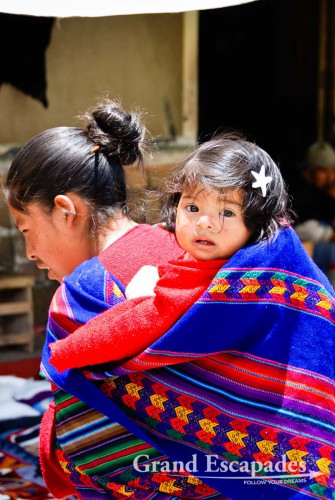
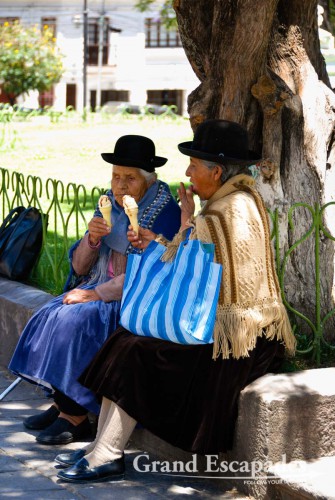
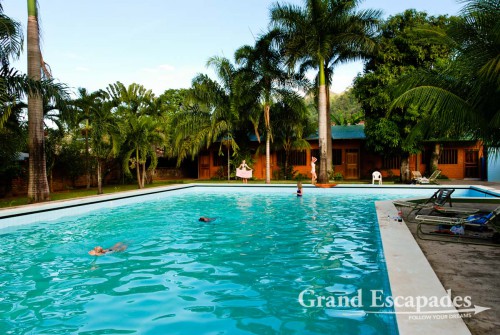
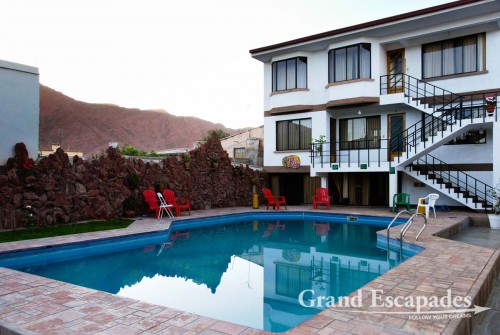
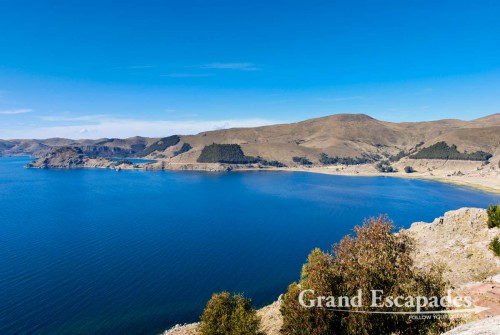
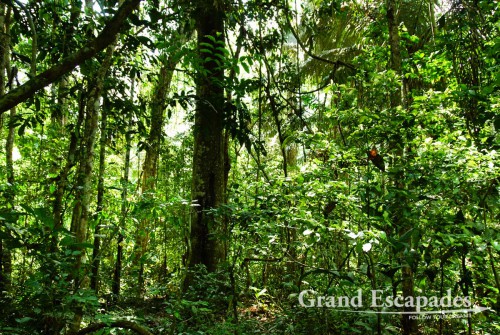
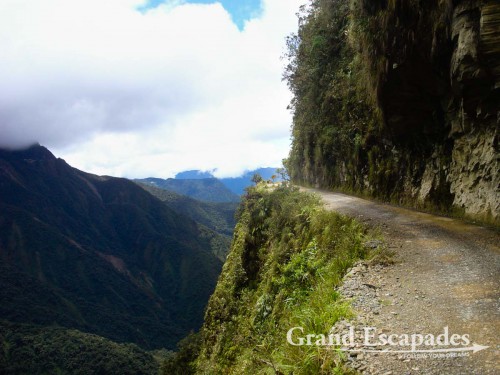
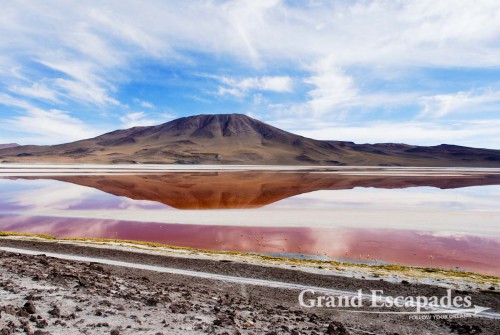
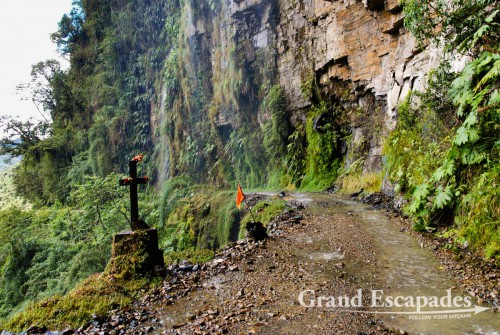
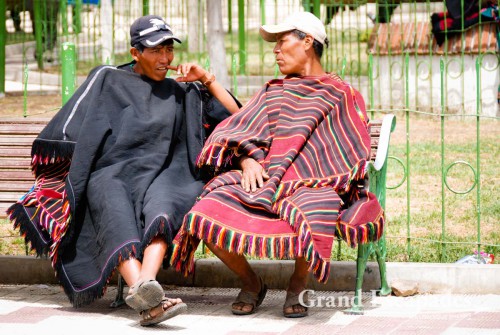
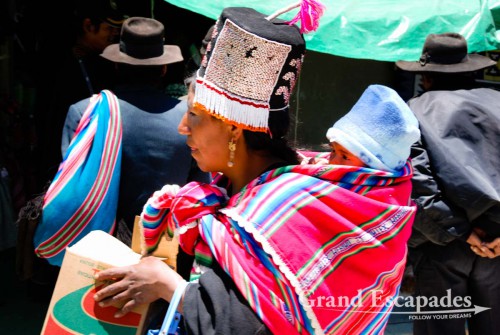
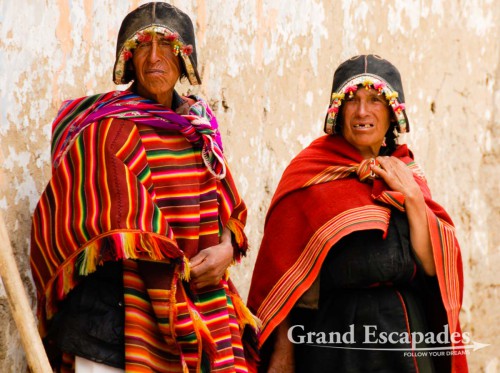
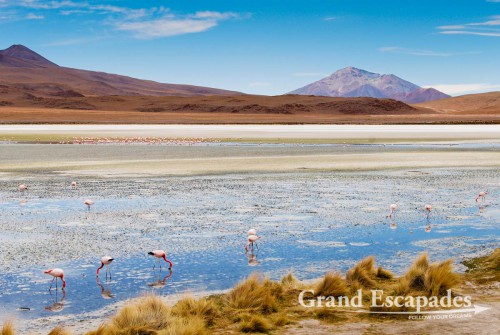
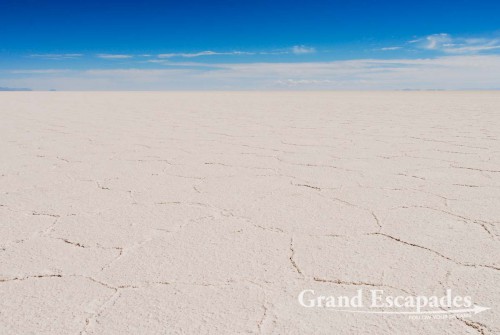
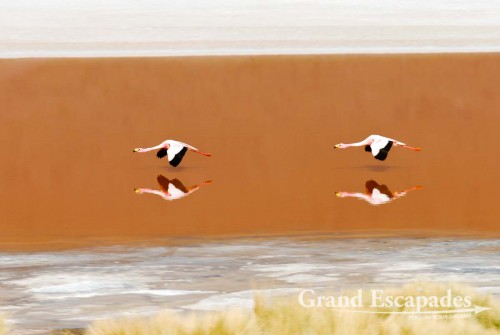
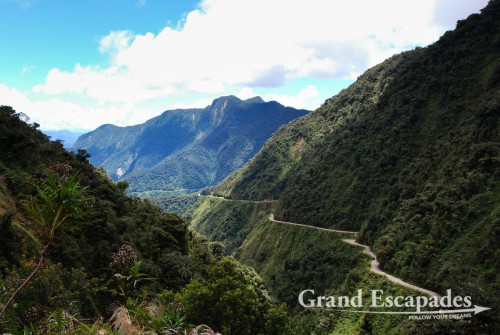
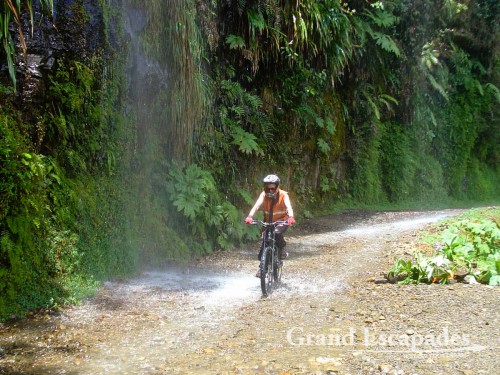
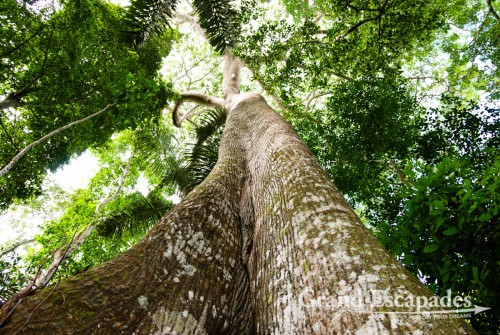
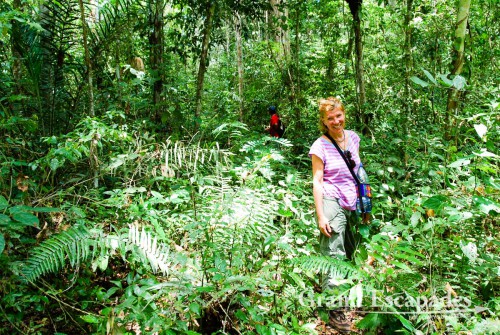
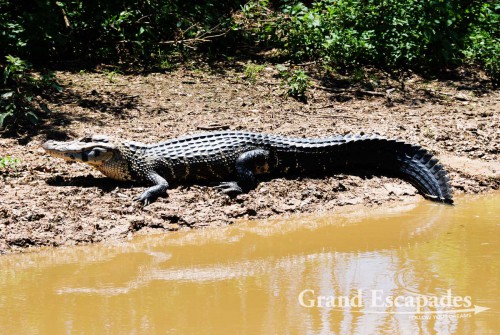
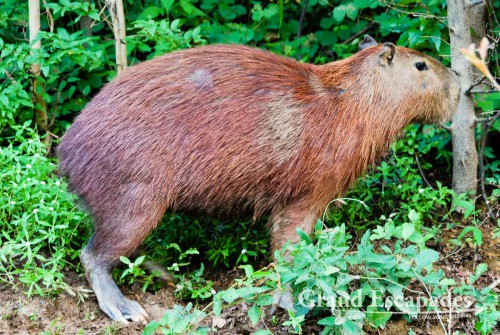
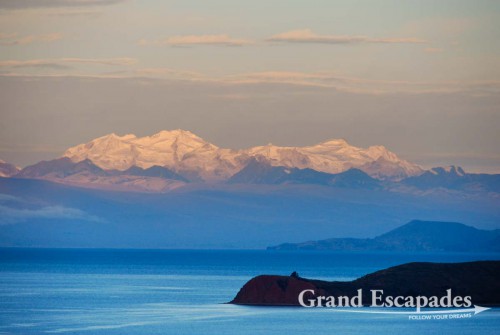
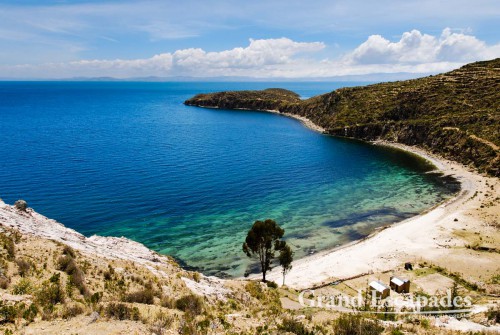
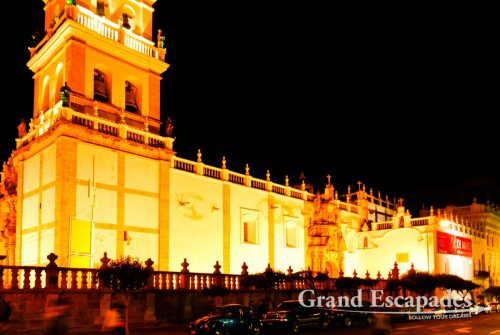
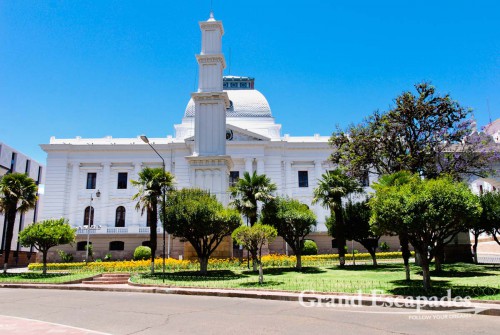
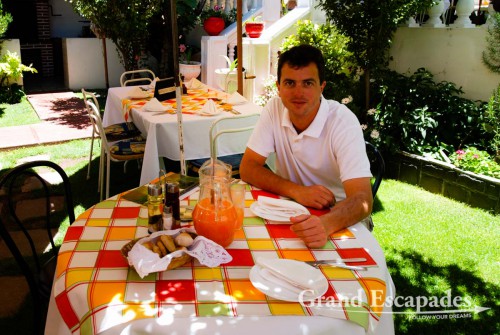
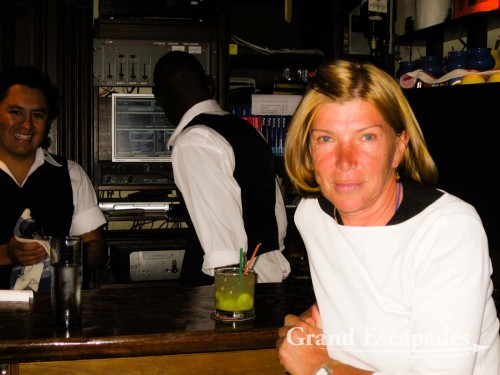
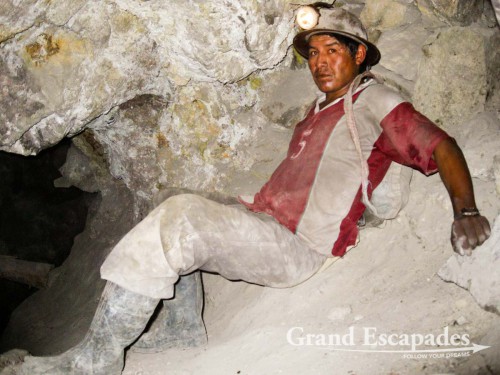
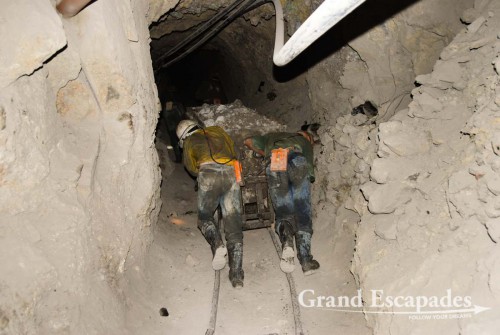
No comments yet.